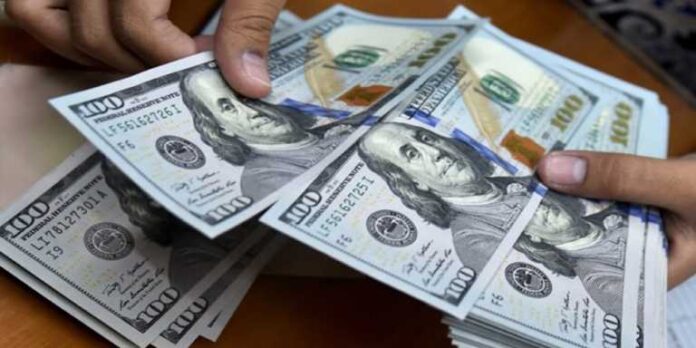Foreign investment in Pakistan’s short-term government debt surged to $69.2 million in September, driven largely by the benefits of carry trades, as indicated by data from the central bank.
The appeal of Pakistan’s market has grown due to a combination of improving growth prospects, a stable currency, decreasing inflation, and attractive returns on local currency bonds.
The commencement of a new loan program with the International Monetary Fund (IMF), which included an initial disbursement of $1.03 billion out of a $7 billion bailout package last week, is expected to further stabilise the economy and attract additional foreign capital.
Despite a $7.6 million outflow from Market Treasury Bills in September, the country still netted a total dollar inflow of $61.6 million into T-bills for the month.
Throughout the fiscal year 2025, these inflows totaled $400 million, although there was a withdrawal of $225 million from short-term papers during the current fiscal year.
Analysts highlight that the interest rate differential has been a key factor in the increased dollar inflows into the local debt market.
Despite decreasing yields, with the six-month paper currently at 14.398 per cent, Pakistani bonds remain attractive to foreign investors. This attractiveness is enhanced by the recent interest rate cuts by the US Federal Reserve and the comparatively low returns in developed markets.
In the equities market, the ongoing FTSE rebalancing has sparked increased activity in key blue-chip stocks, with portfolio realignment by foreign investors supported by robust domestic liquidity.
Market analysts expect that the declining treasury yields will make equities increasingly attractive, particularly with the upcoming corporate earnings season likely to act as a catalyst for further market growth.
























